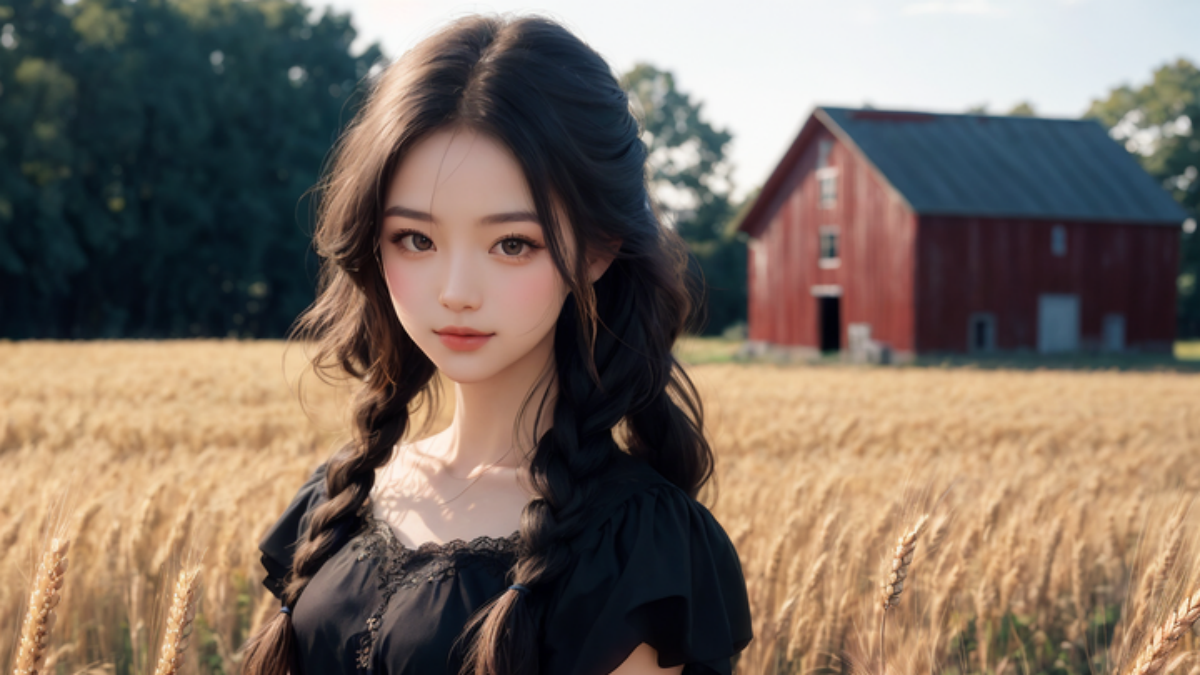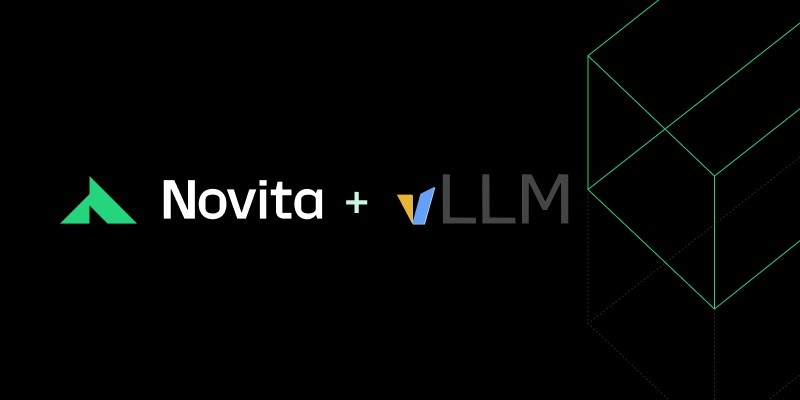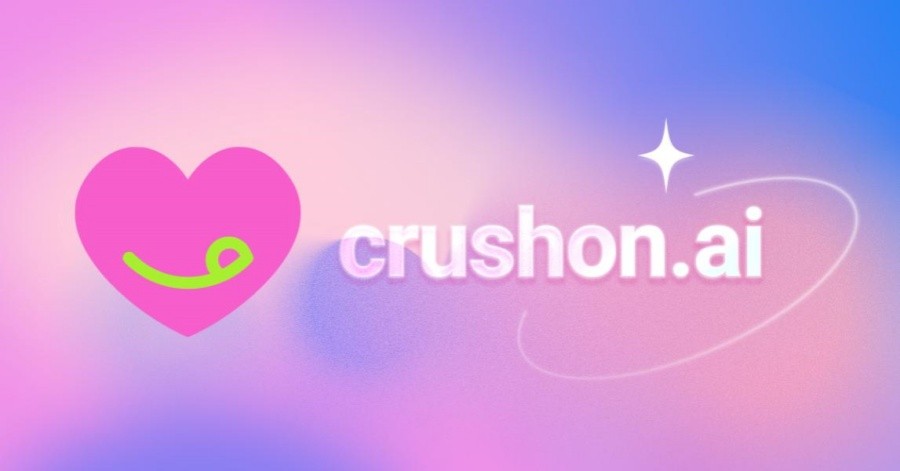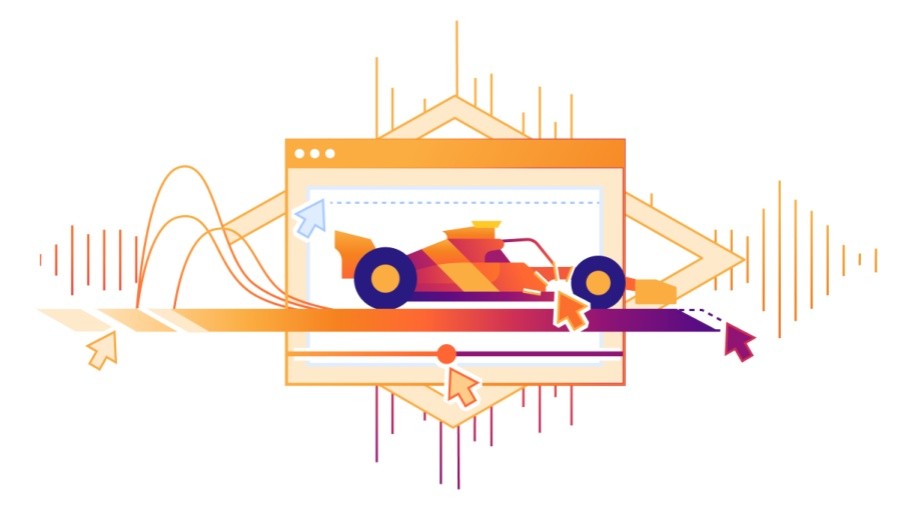
LyCORIS (pronounced "lie-core-iss") is a relatively new training method for Stable Diffusion, designed to create smaller, more efficient, and often higher-quality models compared to traditional methods like textual inversion or LoRA. It stands for "Low-Rank Adaptation with COmpression and RIgidity on Stable diffusion."
Here's a breakdown of what makes LyCORIS unique and important:
Key Advantages of LyCORIS:
Smaller File Sizes: LyCORIS models are significantly smaller than equivalent LoRA or textual inversion models, sometimes by a factor of 2-4 or even more. This makes them easier to store, share, and load, which is crucial for users with limited storage space.
Improved Quality: In many cases, LyCORIS models produce images with higher fidelity, more detail, and fewer artifacts compared to other training methods, especially at lower file sizes. They tend to preserve the base model's style better.
Faster Training: While not always drastically faster, LyCORIS training can often be quicker than training a full LoRA, especially for complex concepts.
Better Generalization: LyCORIS models sometimes exhibit better generalization, meaning they can be applied to a wider range of prompts and image styles without overfitting to the training data.
Less Prone to Overfitting: They are less likely to overfit to the training data than some other methods, which means they are less likely to produce artifacts or unexpected results when used with different prompts.
How LyCORIS Works (Simplified):
LyCORIS builds upon the concept of LoRA (Low-Rank Adaptation) but introduces several key improvements:
Compression: LyCORIS uses techniques to compress the learned information into a smaller file size.
Rigidity: This aspect helps to maintain the base model's original style and prevent the trained concept from drastically altering the overall look of the generated images. This makes them more versatile and less prone to unwanted stylistic changes.
Improved Training Process: LyCORIS uses a refined training procedure that often leads to better results.
Using LyCORIS Models:
Using LyCORIS models is very similar to using LoRA models in Stable Diffusion web UIs like AUTOMATIC1111:
Download the LyCORIS model: LyCORIS models are typically distributed as .pt or .safetensors files.
Place the model in the correct directory: In AUTOMATIC1111, this is usually the stable-diffusion-webui/models/LyCORIS directory. If the directory doesn't exist, create it.
Use the <lora:model_name:strength> syntax in your prompt: Replace model_name with the actual name of the LyCORIS file (without the extension) and strength with a value between 0 and 1 (or sometimes higher, depending on the model). For example: <lora:my_lycoris_model:0.8>
Example:
Let's say you have a LyCORIS model named character_style.pt. You would place this file in the LyCORIS directory and then use it in your prompt like this:
photo of a person, <lora:character_style:0.7>
This would apply the style learned by the character_style LyCORIS model to the generated image of a person.
Comparison to Other Methods:
Textual Inversion: LyCORIS often produces better results with smaller file sizes. Textual inversions can sometimes be more flexible for specific prompts but tend to be larger.
LoRA: LyCORIS offers a good balance of quality, file size, and training efficiency, often surpassing LoRA in one or more of these aspects.
Hypernetworks: While powerful, hypernetworks are generally larger and more complex to train than LyCORIS.
In Summary:
LyCORIS is a significant advancement in Stable Diffusion training techniques, offering smaller file sizes, improved image quality, and faster training times. It's becoming increasingly popular and is a valuable tool for anyone working with Stable Diffusion. If you're looking for a way to fine-tune Stable Diffusion with efficient and high-quality results, LyCORIS is definitely worth exploring.
Some additional tips and tricks:
Model Strength: The strength parameter controls how much influence the LyCORIS model has. 0 means no influence, 1 means full influence. Adjust this value to your needs.
Use with other LoRA/models: You can use multiple LyCORIS or LoRA models at the same time to get more complex effects. Just add multiple <lora:...> tags in the prompt.
Focus on the community: The Stable Diffusion and LyCORIS communities are very active. Following the community updates and new model releases can help you stay up to date with the latest techniques and best practices.
Experiment: Experiment with different LyCORIS models and parameters to find the settings that best suit your style and needs.
I hope the above more detailed Chinese explanation can help you better understand and use LyCORIS.



